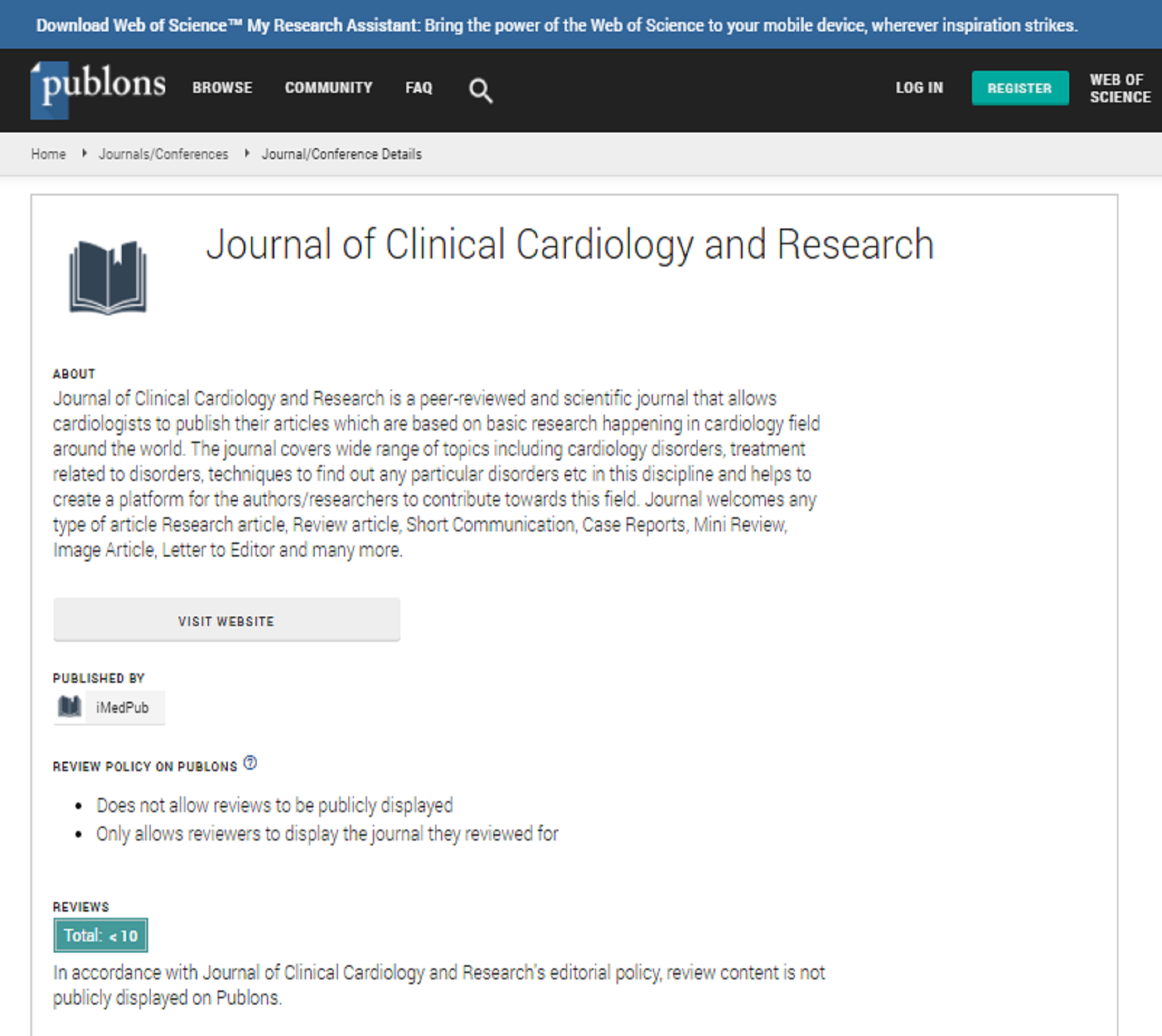Abstract
Dynamics in cardiovascular diseases risk factors prevalence among females of working age, based on results of 35 years monitoring
Aim:
The aim of the study is to evaluate the long-term dynamics of the epidemiological conditions of CVD formation among females living in urban area.
Method:
During 2015-2016, 1018 women aged 18-64 years were examined. The findings were compared to the results of similar design studies, executed in 1980 (1148 people), 2000 (1025 persons), 2005 (967 persons) and 2010 (1076persons).
Introduction:
Coronary artery disease and stroke predominantly affect older women as opposed to younger women, but the risk factors that contribute to atherosclerotic cardiovascular disease risk often start in young women Heart attack symptoms for women. Neck, jaw, shoulder, upper back or abdominal discomfort. Shortness of breath. Pain in one or both arms. Nausea or vomiting. Sweating. Lightheadedness or dizziness. Unusual fatigue. Indigestion. High blood pressure, high LDL (low-density lipoprotein) cholesterol, and smoking are key risk factors for heart disease. About half of all people in the United States (47%) have at least one of these three risk factors. 6 Several other medical conditions and lifestyle choices can also put people at a higher risk for heart disease, including Traditional and nontraditional atherosclerotic cardiovascular disease (ASCVD) risk factors in women. Increasing among women and more impactful traditional ASCVD risk factors include diabetes mellitus, hypertension, dyslipidemia, smoking, obesity, and physical inactivity.
Despite an overall reduction in cardiovascular disease (CVD) mortality in the USA, the rate of coronary heart disease and CVD mortality is on the rise in younger women aged 35 to 54 years. This has been attributed to an increasing prevalence of CVD risk factors, which can portend disparate outcomes in women versus men.
Result:
When persistent changes in such risk factors prevalence hypertension (27-31%) and obesity (30-28%) along with the decrease in encountering overweight (from 38 to 28%, Ã?<0.01) are absent we register vivid and reliable increase in the number of individuals with hypodynamia (from 36 to 55%, Ã?<0.001) and hypercholesterolemia (from 39 to 61%, Ã?<0.01). From 1980 to 2000 we see 4 times increase in smoking frequency (from 5 to 20%).The results of the further research show the lack of significant changes in this indicator. One of the important manifestations in risk profile deterioration is the increase of associativity in identified risk agents: Percent of the individuals with one risk factor decreased 2 times and the part of the females with the combination of three and more risk factors increased 4times.
Conclusion:
Negative risk profile dynamics among urban females testifies about the increase among the population as a whole of the cohort of individuals with high risk of CVD development and respectively speaks about the decrease in population health indicators. It is necessary to develop and introduce active prophylaxis measures to improve epidemiological conditions for CVD formation among population.
Author(s): Olga Sribna O Kvasha
Abstract | PDF
Share This Article
Google Scholar citation report
Journal of Clinical Cardiology and Research peer review process verified at publons
Abstracted/Indexed in
- Google Scholar
- Publons
Open Access Journals
- Aquaculture & Veterinary Science
- Chemistry & Chemical Sciences
- Clinical Sciences
- Engineering
- General Science
- Genetics & Molecular Biology
- Health Care & Nursing
- Immunology & Microbiology
- Materials Science
- Mathematics & Physics
- Medical Sciences
- Neurology & Psychiatry
- Oncology & Cancer Science
- Pharmaceutical Sciences

